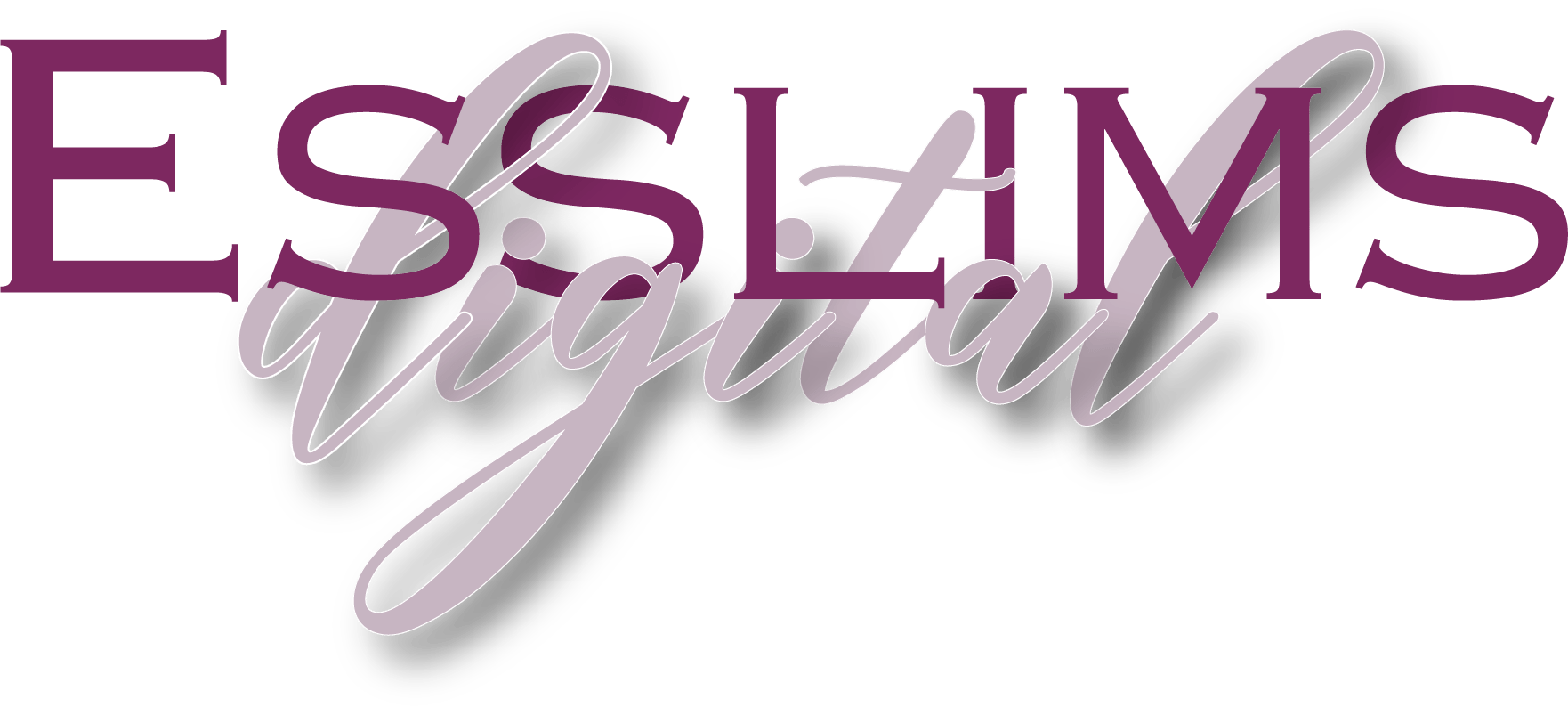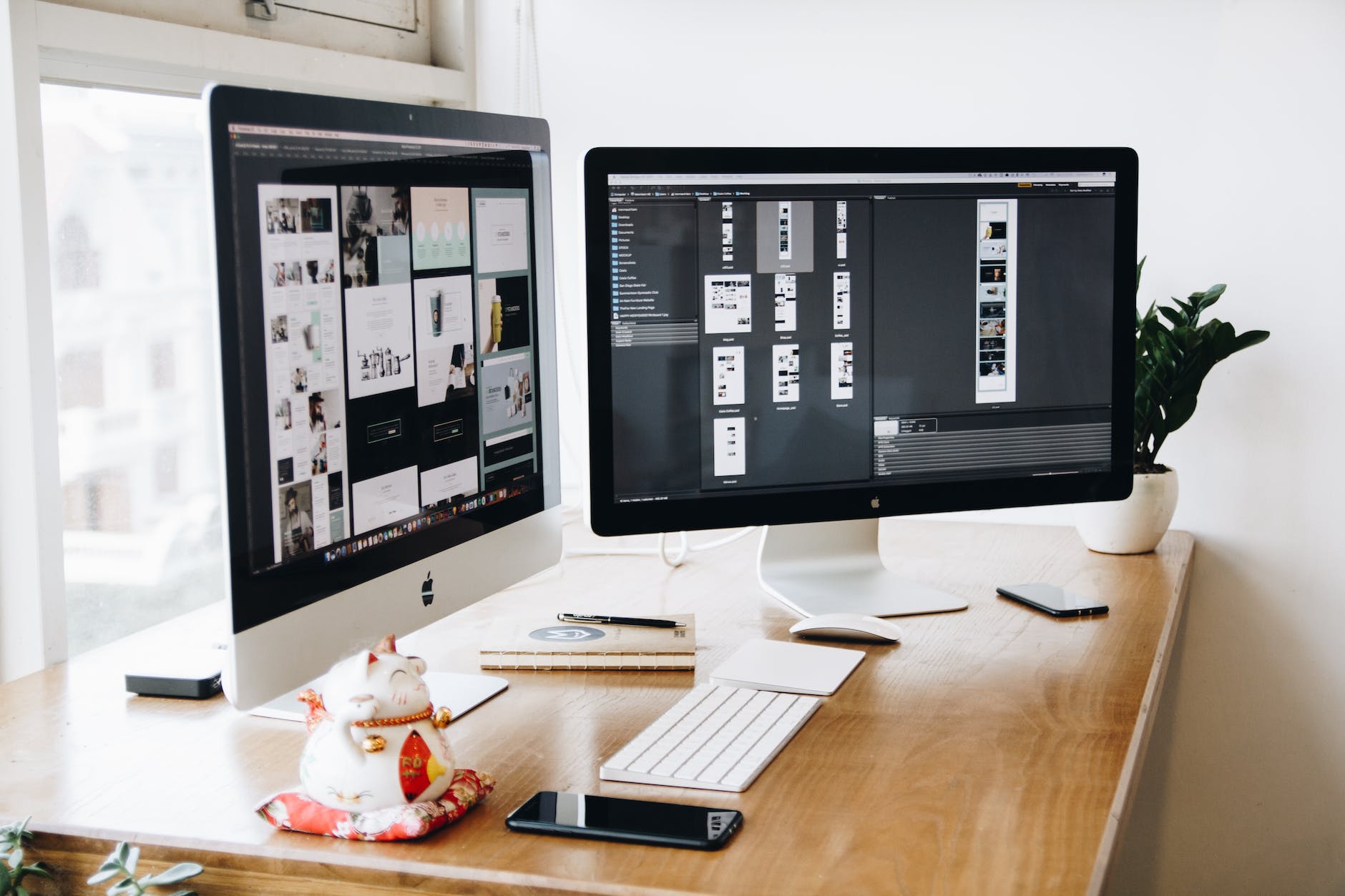
Providing clear and constructive feedback is very relevant when working with a web designer to ensure your vision is accurately translated into the final product. Here are ten tips to help you provide helpful feedback:
Feedback Tips For your Web Designer
Be Specific:
Clearly articulate what you like and dislike about specific elements. Vague feedback can lead to misunderstandings.
Use Examples: Provide examples of websites or design elements that you love. This helps the designer understand your preferences and style before they proceed.
Consider Your Target Audience: Discuss your ideal audience and the message you want to convey. This will help the designer tailor the design to your intended audience.
Prioritize Feedback:
If you have multiple points of feedback, prioritize them. This helps the designer focus on the most important aspects first.
Balance Negative and Positive Feedback: While it’s important to highlight what needs improvement, highlight what is working well. Positive feedback reinforces good design decisions.
Communicate Goals Clearly: Clearly state the goals you want to achieve with the design. This could include enhancing user experience, increasing conversions, or aligning with your brand identity.
Consider Functionality:
Evaluate not only the aesthetics but also the functionality of the design. Make sure the design aligns with the user experience you want to provide.
Be Open to Suggestions: Designers are experts in their field. Be open to their suggestions and insights. A collaborative approach often leads to better results.
Use Annotations:
Use tools like annotations or comments directly on design mockups to point out specific details if possible. This reduces the chance of misinterpretation.
Provide Timely Feedback: Stick to the agreed-upon timelines for providing feedback. Timely communication helps the designer make adjustments efficiently.
Finally, remember the key is to foster open and clear communication throughout the design process. By providing detailed and thoughtful feedback, you contribute to a more productive collaboration and increase the likelihood of achieving a design that meets your expectations.



